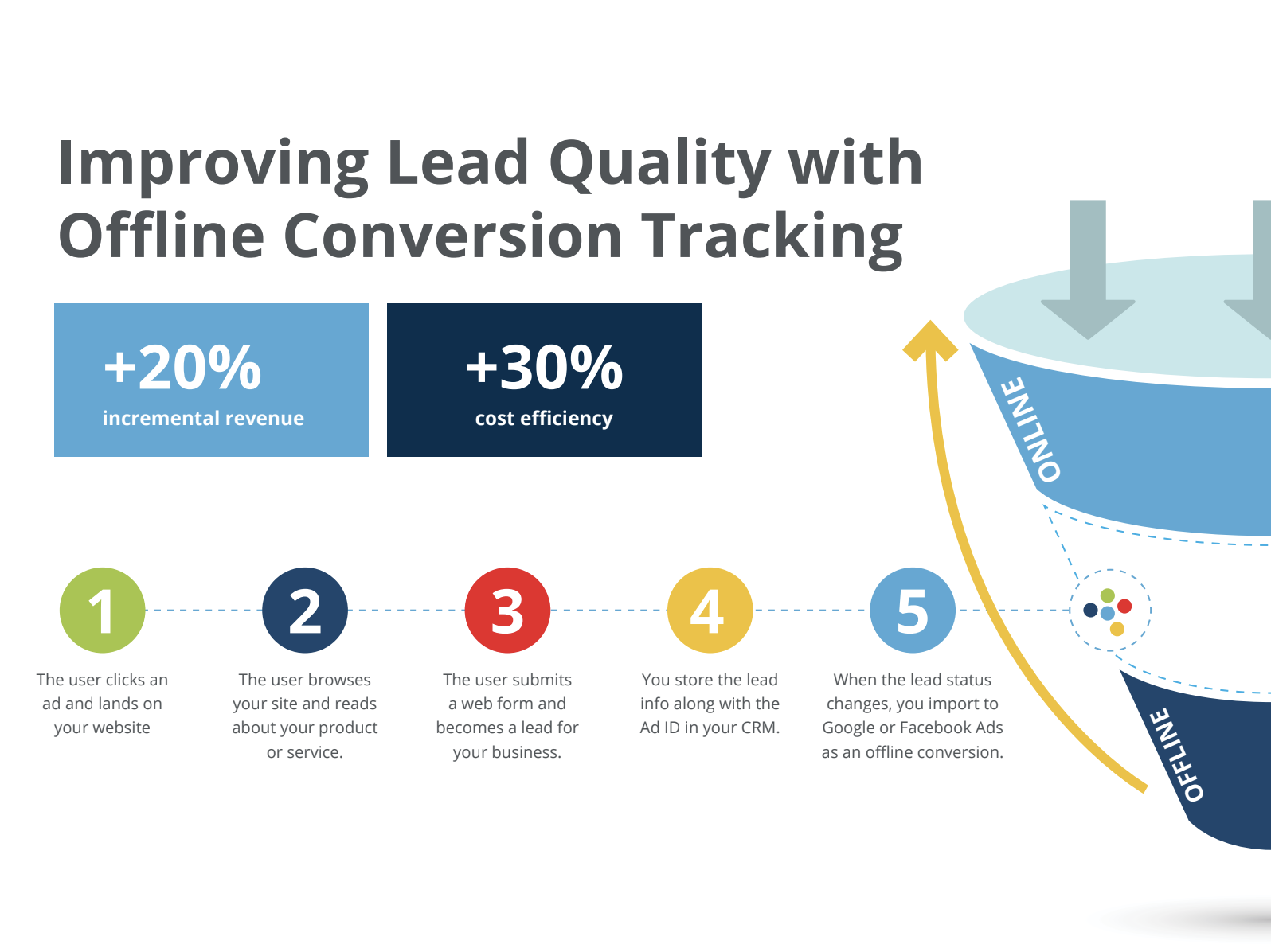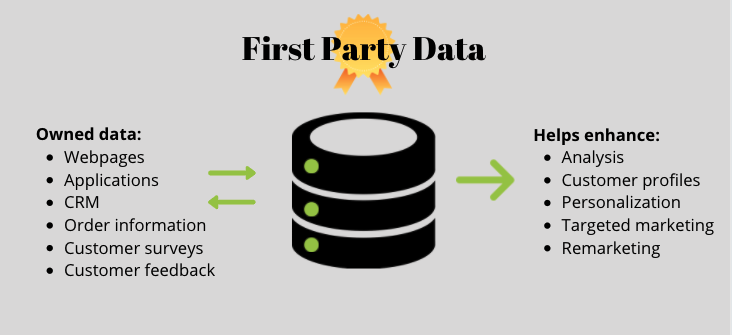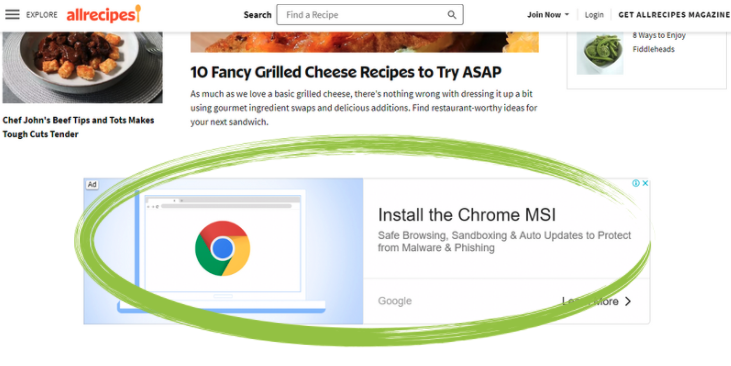 Website cookies have become such a normal part of using websites that many of us don’t even think twice to select “accept all” when notified of a site’s cookie policy.
Website cookies have become such a normal part of using websites that many of us don’t even think twice to select “accept all” when notified of a site’s cookie policy.
Although these cookies don’t collect personal information, privacy remains an understandable priority for most internet users.
The importance of staying safe online is likely one of the reasons Google is phasing out website cookies. Another influencer is likely Apple’s iOS 14 update, which lets users opt-out of tracking. The update also determined that Apple devices may only keep data stored for a maximum of seven days.
It is undeniable that user privacy is essential, but what does this mean for marketers? How will marketing be affected by the crumbling of cookies as we know it? And which strategies will best help marketers deal with the changes?
That’s what we’ll be discussing in this article. Let’s get right into it!
What You Need to Know
Although the marketing world might be buzzing with the news about website cookies, Google won’t be banning all cookies. Since more than half of internet users across the globe access the internet through Chrome (2.65 billion), marketers must take note of any changes happening.
As it stands, the current plan is to only phase out third-party cookies on Chrome. First-party cookies will still continue to exist as it has until now.
Many marketers and advertisers have relied on third-party data, but the phasing out of these cookies won’t mean the end of strategic marketing efforts.
Strategies to Survive the End of Third-Party Website Cookies
There are several ways marketers and advertisers can still leverage data intelligence without relying on the cookies that will be removed.
Here are a few great strategies that are going to help companies forget about third-party website cookies and still build brilliant marketing strategies:
Google Offline Conversion Tracking
Google Offline Conversion Tracking is a powerful way of importing conversions that were tracked in other systems into Google Ads. These conversions can be anything from completed sales to product-related questions and page visits.
The data intelligence gathered in this way can help marketers evaluate their targeting strategies. With information such as physical locations, phone calls, and times of day customers have completed transactions, paid media advertising can still be highly effective.

Google Ads tracking makes it easy to determine which ad clicks can be attributed to offline sales. This way, companies can still evaluate the value of their ad spending.
Not all of the customer journeys take place online 100% of the time. And knowing what customers complete purchases “offline” is crucial to calculating the success of a marketing campaign.
Attributing this offline data intelligence also allows marketers to learn more about keywords and queries that matter. In this case, the use of third-party website cookies really doesn’t matter and aren’t used to build or evaluate marketing strategies.
To make the most of this kind of data, you will have to keep track of offline sales and how the customer’s online experience influenced them.
First-Party Data
First-party website cookies are gathered directly on websites and allow businesses to collect customer data intelligence on site users. This type of data intelligence is not only valuable for companies, but also does not get invasive when it comes to personal information.
Customer analytics, language settings, and other information that allows an enhanced user experience is made possible by first-party data.
This includes, for example, a welcome message when the visitor returns or product suggestions based on their previous behavior—usually based on something such as an IP address.

Giving customers a unique and tailored experience on a website contributes to the customer’s brand experience—approximately 70% of customers will abandon a purchase if their experience is negative.
Using your website’s analytics can give insight to relevant information such as time spent on the site, purchase history, demographics, and interests.
Collecting first-party data doesn’t cost anything and goes a long way to gaining insight into your target audience and how they act on your website.
Personalized Programmatic Targeting
Programmatic targeting is related to users, not their devices. This marketing approach is more focused on the customer and revolves around their behaviors, interests, demographics, geographies, etc.
Third-party website cookies do not come into play when it comes to programmatic targeting. As such, marketers should rely more on this method as the world moves away from more invasive and non-trusted cookies.

A customer’s interaction with a website, the state of their shopping carts, and their most-visited products provide invaluable information. By understanding actions on your website that cause friction (bottlenecks), you can develop nurturing strategies to bring these customers back.
When a company looks at this information, a better customer persona is created, and marketing can become more accurate. To make the most of programmatic data in marketing, it’s essential to have the right tools such as heat mapping and session recording.
For this purpose, a website should always have a rich data-collection ability.
Contextual Advertising
The more things change, the more they stay the same—a quote made famous by French writer Jean-Baptiste Alphonse Karr. Years ago, contextual-based advertising was discounted, and marketers were advised to forget about it.
As we shift away from third-party website cookies, we return to keyword contextual advertising. Indeed, the more things change, the more they seem to stay the same. Contextual advertising tends to be more accurate when planned and implemented well. Users will see ads based on their recently viewed content instead of their overall online behavior.
Most people find it creepy to see ads for products they viewed a few days ago while browsing the web. It gives a sense of privacy that was invaded.

Use Google AdSense to show customers content that is related to why they’re on your website. The content will feel more dynamic and relevant for your visitors and much less invasive.
For example, if a person views electric vehicles on sale and then visits a site about living ‘greener,’ seeing ads for hybrid cars that use biofuel won’t feel out of place to them. Paid media marketing can be successful even when the focus is more on contextual advertising. The digital world is ever-changing, and marketing strategies should be too.
The Way Forward

The end of third-party website cookies doesn’t mean marketers and advertisers will lose access to important and necessary data intelligence. It does mean that internet users will enjoy better protection of their personal information, and that’s always a good thing.
Consider the methods of data collection discussed in this article, and create killer strategies. Forget that third-party website cookies ever existed and focus on all the great marketing strategies that are at your disposal.
Advertising will be less invasive and more relevant, making Google’s decision a win-win situation.
It may take a while to get used to not using data intelligence gained from cookies, and marketing might have to become a bit more creative. But it’s certainly not impossible. The removal of third-party cookies is not the end of successful online marketing.
If you feel like you need some guidance on marketing without cookies, reach out to our team by clicking here or calling us at (877) 866-6699 for expert advice.